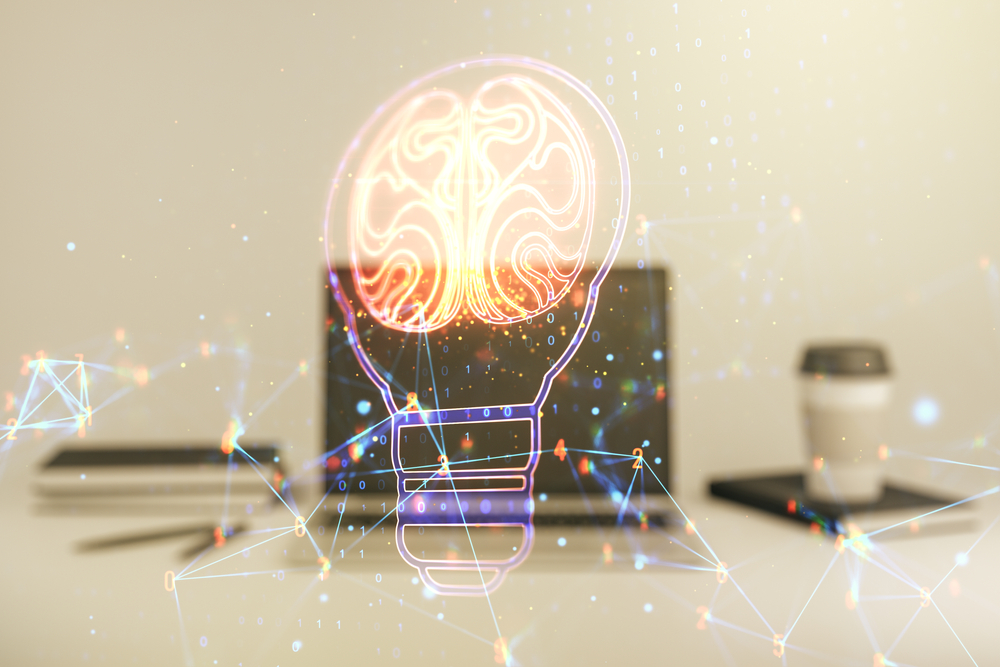This is a question that is often asked by a wide range of people including students, employers, medical professionals, and more.
A human’s maximum period of concentration is about 45 minutes. After that, attention and retention significantly drop.
This is why most university lecture classes are about 50 minutes long. After that period, students have a much more difficult time focusing on the information that is being presented.
The best way to address this, whether one is studying or working, is to approach a project for a period of 45–50 minutes followed by a 10–15-minute rest period.
This approach allows the brain to rest and refocus for a few minutes. However, this may not be possible in some situations, such as for medical professionals, truck drivers, etc.
It is something that employers and educators need to be aware of.
Table of Contents
People with Long Shifts

Some jobs require extended periods of concentration. This includes airline pilots, truck drivers, and power plant operators.
These jobs require long shifts. However, for most, twelve hours is the maximum limit.
Surgeons often have operations that go on for many hours. Their maximum attention and concentration are required for lengthy periods of time.
To address this situation, surgeons and hospital staff work in teams so that everyone can perform their best.
What Happens If Workers Continue for Long Periods
Doctors at a hospital in England often work 80-hour shifts on the weekends. Sometimes they get a nap. Sometimes not.
Helen Fernandes, a neurosurgeon at Addenbrook’s Hospital in Cambridge, UK said, “Our powers of concentration decline as the hours tick away.
We become less efficient and take longer to make decisions and to sound the alarm when things go wrong.”
Her sentiment is echoed by a neuroscientist at the University of Pennsylvania in Philadelphia, David Dinges when he said, “Vigilance is one of the areas most sensitive to fatigue.”
Dr. Dinges’ team constructed an MRI study to research the effects of people performing concentration tasks.

As participants’ reactions slowed, certain brain activity also waned. The study concluded that performance could be predicted by the blood flow level to the right frontoparietal network.
Can Focus and Concentration Be Improved?
For many projects, people find that things like calendar reminders and to-do lists help them to stay on task.
Many others point to the benefits of practicing 10 minutes of “mindfulness” as a way to enhance effectiveness and performance.
Some even say that it helps to regulate fatigue and control emotions.
Excessive concentration, however, fatigues the brain. It drains overall energy and can cause impulsive decision-making.
This can lead to poor choices and a lower ability to collaborate effectively.
Concentrating or Not Concentrating: Where is the Balance?
Both are important for optimal brain performance. When the brain has the opportunity to turn on, then rest, there is better decision-making, retention, and enhanced creativity.
When the brain is resting and not concentrating, it uses less energy – 2% of total body energy, to be precise.

When the brain is not actively concentrating or focused, it will begin to shift through memories and even recombine different ideas.
This allows people to return to their work with new, fresh ideas. It can also lead to better understanding and cooperation within work or study teams.
How to Effectively Use “Rest” Periods to Improve Concentration
There are a number of ways to improve concentration when needed. Consider it brain training.
While concentration still won’t be maintained endlessly, there may be some improvement.
It will make you feel more relaxed and ready to begin the next work, study, or class period.
Constructive Daydreaming
This technique involves getting into a mind-wandering period. This is not daydreaming or rehashing negative experiences.
To start, begin a low-key activity and allow the mind to wander. This could include cleaning, gardening, taking a walk, etc.
Another approach is to focus on an image while doing a calming task. This could be envisioning a boat on the water, a walk in the woods, or anything that brings positive feelings.

Then shift focus internally mentally.
Jerome Singer has studied the ability to relax the mind for years. His metaphor compares it to changing the silverware or the index the brain uses to find information.
When in deep concentration, the brain may demand a fork but in a relaxed state, the brain may sort through information and decide a spoon is a better option.
This interesting metaphor accurately represents how the brain at rest can sort through information more efficiently.
Many call this the “psychological center of gravity”.
Take a Nap
When fatigued, a nap can have restorative mental powers. A ten-minute nap will bring most people back more energized, creative, and better prepared for work.
Even a short period of time makes people more alert and clearer.
Take a Walk

Some people do think better on their feet. Taking a few moments away from tasks that require deep concentration can clear the mind in a different environment and redirect the thought process.
Many who take a 10–15-minute walk find that they come back refreshed, more alert, and ready to tackle creative ideas.
Concentration and Intelligence
Sometimes efforts to concentrate fail or there are slow response times. It has been shown that a person’s ability to concentrate for longer periods of time is closely tied with their level of intelligence.
Research shows that this is based on heredity.
The studies predict that if a person has the capacity to focus for longer periods of time, it can be directly correlated to their level of intelligence.
This determined that a person’s brain is very much like a computer with information coming in and going out.
Despite this, there is still a limit to the length of human concentration.
An interesting point is that everyone is able to handle distractions differently. This is clearly seen in an open office environment.
Some people are able to shut out the surrounding noises and conversations and maintain deep concentration.

For others, this is difficult.
Bottom Line on Concentration and Focus
At the end of the day, concentration, focus, and calm thinking are intertwined. They have to work together for the person to be effective.
When the focus is lost, concentration is broken. This usually occurs when fatigue sets in.
Humans are not designed to be deeply focused for extended periods of time. The brain, like the body, needs periodic times of rest to operate effectively.
When fatigued, poor, snap decisions are made, and information is lost.
When fatigued, people cannot focus and lose the attention that the task before them needs.
Being aware of this allows people to take brief breaks to refocus and begin anew. Having some awareness of the time involved in a task allows periods for rest and for the task to be broken down into small bits.
Whether a person is studying, delivering lectures, or performing work tasks, understanding that occasional “mental” breaks can produce better results will help in the long run.
The general rule is 45–50 minutes of work with a 10–15-minute break to refocus.
Companies and universities that understand this have higher-performing teams with more creative solutions to sometimes difficult problems.

In recent years, more are working from home, so understanding this limitation to their ability to focus is more important than ever.
Even if it means standing up and walking around for a few minutes, there will be positive benefits.
The natural ability is to keep doggedly on at a task. The studies clearly show that this is not the best strategy to produce the best work or have the best information retention.
It’s as simple as just taking a periodic break.

















